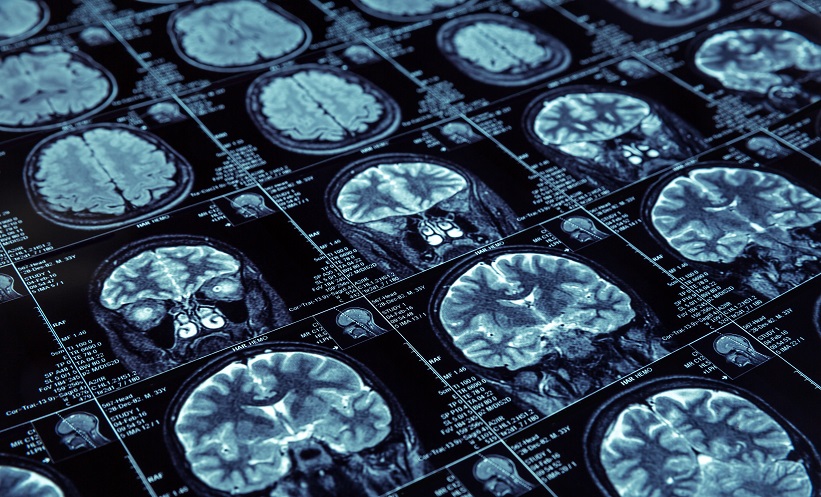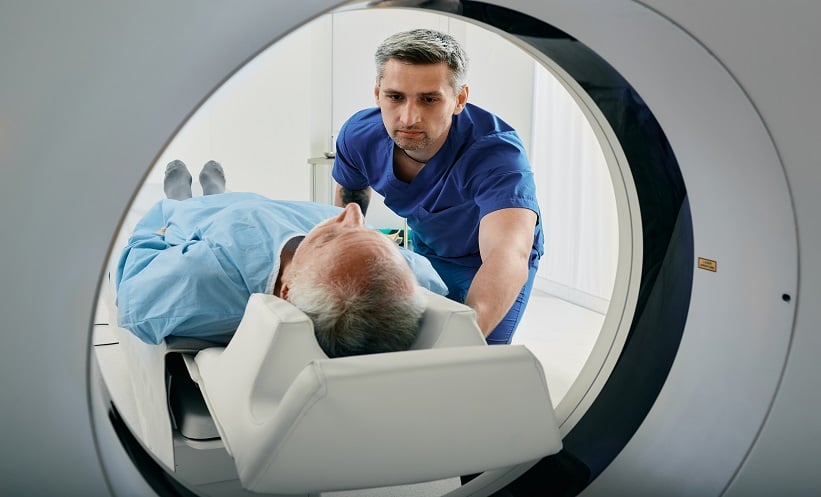ENDOVASCULAR thrombectomy (EVT) is an established treatment for basilar artery occlusion (BAO) strokes, a rare but often devastating subtype of stroke. While advanced imaging techniques such as CT perfusion (CTP) and MRI are increasingly used to guide EVT decision-making in anterior circulation strokes, their role in BAO is less clearly defined. A recent study evaluated whether advanced imaging offers a clinical advantage over conventional imaging (non-contrast CT and CT angiography) in selecting BAO patients for EVT. A key finding of this research is that clinical outcomes did not differ significantly between patients selected using advanced versus conventional imaging techniques.
Researchers conducted a multicentre retrospective cohort study using data from the Stroke Thrombectomy and Aneurysm Registry, covering EVT-treated BAO patients between 2013 and 2022. Patients were grouped according to whether they were selected for EVT using conventional imaging or advanced imaging (CTP or MRI). To minimise bias, the study employed propensity score matching (PSM), controlling for variables including age and baseline stroke severity. The primary endpoint was functional independence at 90 days, with secondary outcomes including rates of bedridden state or death, and symptomatic intracranial haemorrhage (sICH).
A total of 268 patients were included in the study: 150 underwent selection by conventional imaging, 86 by CTP, and 32 by MRI. After matching, the two cohorts were well-balanced apart from age, with patients in the advanced imaging group being significantly older (median 71 vs 64 years, p=0.001). Despite this age difference, 90-day clinical outcomes were statistically similar across both groups. Rates of functional independence were 39.4% in the conventional imaging group and 35.1% in the advanced imaging group (p=0.65). There were no significant differences in bedridden state or death (40.4% vs 44.7%, p=0.66), or in sICH (3.3% vs 5.7%, p=0.49). These results were consistent regardless of the time window from stroke onset to treatment.
This study suggests that conventional imaging is sufficient for selecting BAO patients for EVT, potentially allowing for faster treatment decisions without compromising outcomes. Limitations include the retrospective design and potential residual confounding. However, the findings support the integration of conventional imaging pathways into routine clinical practice, particularly in settings where rapid access to advanced imaging is limited.
Reference
Chen H et al. Conventional versus advanced imaging selection for endovascular treatment of basilar artery occlusion strokes. Eur Stroke J. 2025;DOI: 10.1177/23969873251364973.








